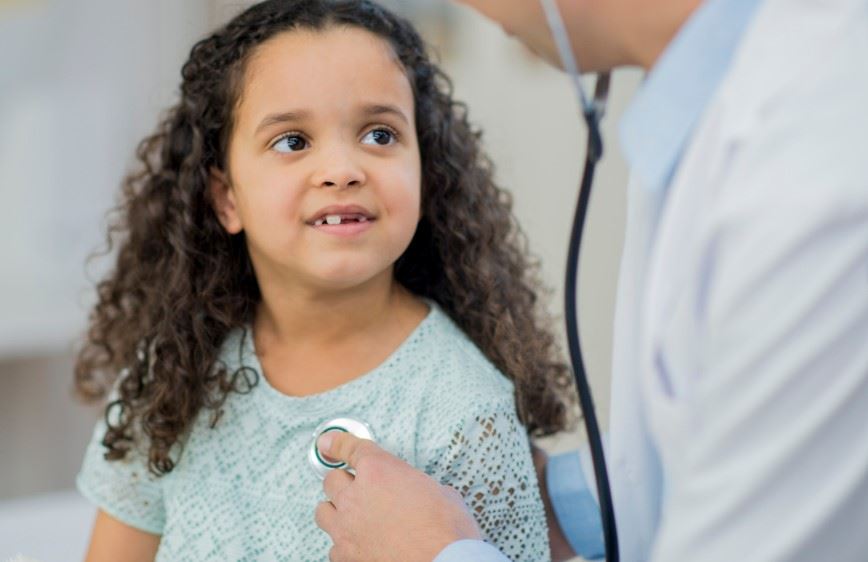 As providers deal with a surge of respiratory syncytial virus cases, pediatric health organizations in Illinois are struggling with declining beds and units dedicated to children. [Health News Illinois]
As providers deal with a surge of respiratory syncytial virus cases, pediatric health organizations in Illinois are struggling with declining beds and units dedicated to children. [Health News Illinois]
“We're in a crisis in Illinois, really around the region and the nation, trying to get kids that need to be admitted in the hospital,” Dr. Doug Carlson, medical director of HSHS St. John’s Children’s Hospital in Springfield, told Health News Illinois this week.
Pediatric beds dropped 30 percent in Illinois from 2019 to 2021, while pediatric intensive care unit capacity increased by 18 percent during that time, according to data provided by the Department of Public Health.
There are an average of 799 pediatric beds in Illinois this year, compared to 1,139 in 2019. Meanwhile, pediatric ICU beds are at 294, up from 263 in 2019.
It follows a recent trend in Illinois and across the country, with officials saying the decrease in pediatric units comes down to a matter of economics, as institutions make more money from adult patients.
Illinois hospitals reduced licensed pediatric beds by 27 percent from 2012 through 2017, according to a study released last year by Ann & Robert H. Lurie Children’s Hospital of Chicago. Thirty-three hospitals cut all pediatric beds at their facility during that period.
The New York Times reported earlier this month that 48 Illinois counties have no pediatrician at all.
However, the decline in beds is not necessarily all bad, said Dr. Matthew Davis, chair of pediatrics at Lurie Children’s. He said “converging efforts” in the prevention and management of chronic conditions are driving down the need for hospitalizations across the country among children and adolescents.
The issue arises when surges in viral illnesses occur such as with the current RSV spike.
“While in COVID, what hospitals with both adult and pediatric beds did was to essentially close the pediatric beds, and then open them for taking care of grown-ups with COVID,” Davis said. “It's much harder to do the opposite because nurses and respiratory therapists and the doctors who take care of children are differently trained, as children are not small adults. They have different health problems and different vulnerabilities and we need that specialized training in order to optimize quality and safety for kids in a hospital setting.”
A spokesman for IDPH said Thursday that only 6 percent of pediatric ICU beds in the state are open.
Officials at the University of Chicago Medicine Comer Children's Hospital said in a memo to staff earlier this month that pediatric emergency department volumes are up 32 percent from September and more than 150 percent from this time last year. Additionally, transfer requests “continue to climb as overwhelmed community hospitals seek to send us patients for specialized care.”
“Beyond the needs of our own patient community, Comer Children’s has been able to accept more than 670 transfer patients from area hospitals since Sept. 1,” they said. “With limited pediatric hospital beds available in Illinois and Indiana, we must do everything to stretch our finite resources so we can provide high-quality care for as many children as possible.”
The hospital has declined more than 500 other requests due to a lack of available beds.
Carlson said they have particular challenges in central Illinois, as more rural hospitals and providers go to them as a “safety net” to provide pediatric services. When a surge occurs, it only exacerbates the problem.
“We have a line of kids in regional emergency departments that are waiting for beds, and we call them as soon as we have a bed available,” Carlson said.
Davis said the decline in beds has made collaborations between hospitals and health systems even more important to ensure children receive care. He noted that Lurie Children’s accepted transfers from 129 different hospitals across Illinois in 2020 and 2021.
“We, as a group of hospitals in the state, need to work extra hard to be there for each other in ways that sometimes don't have easy answers,” Davis said.
###
